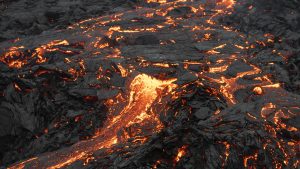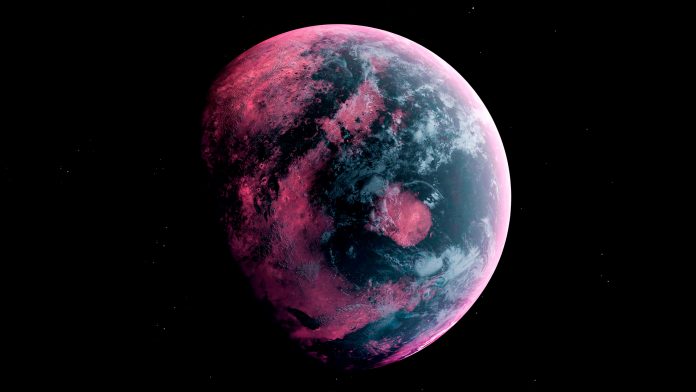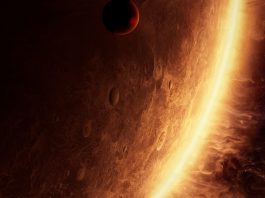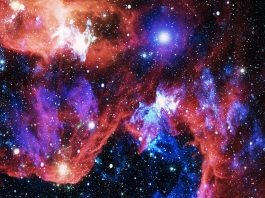A group of Cornell researchers have modelled and synthesised lava in the laboratory to discover how volcanic exoplanets are formed.
An opportunity to explore exoplanets in greater detail has arisen with the launch of the James Webb Space Telescope (JWST) and early retrievals of data and images. Launched in 2021, JWST will act as the premier observatory for the next decade, providing astronomers with the tools for greater discovery. Researchers from Cornell University are furthering this endeavour, recently putting together a starter catalogue of volcanic exoplanet surfaces, serving as another way to identify the composition of exoplanets.
Their research, ‘Volcanic Exoplanet Surfaces,’ was published in the forthcoming November 2022 edition of Monthly Notices of the Royal Astronomical Society.
A tool to observe exoplanets
Alongside the work of JSWT, the multidisciplinary group of researchers created 16 types of surface compositions as a starter catalogue for finding volcanic exoplanets that have oceans of magma. They have modelled and synthesised lava in the laboratory to emulate the types of rock that may form on far-away exoplanets.
“The new observations of lava worlds by JSWT are unlocking the secrets to what kind of places are on our cosmic shore,” said co-author Lisa Kaltenegger, Carl Sagan Institute (CSI) Director and Associate Professor of Astronomy in the College of Arts and Sciences. “Our catalogue of volcanic exoplanet surfaces provides a tool to decipher what composes these worlds.”
“Our early catalogue becomes an important tool to understand the chemical composition of volcanic exoplanets that are not described best by solar system analogue,” said lead author Esteban Gazel, the Charles N Mellowes Professor in Engineering in the Department of Earth and Atmospheric Sciences (EAS), in the College of Engineering. He is also a member of Cornell’s interdisciplinary CSI.
Unveiling exoplanet mysteries with lava worlds
Possible physical exoplanet surfaces were created by Marc-Antoine Fortin, a former associate in Gazel’s and Kaltenegger’s research groups. This was driven by previous models of what comprises planets around known host stars.
“As Earth and planetary scientists, we are looking for clues to early planetary evolution,” Fortin said. “Here on Earth, we have some natural relics – very old rocks – that offer us an idea about our own planet billions of years ago.
“These lava worlds are like a time machine, because Earth was once lava, too. But with exoplanets, at least for those planets filled with magma, we can see planets in different stages of their evolution.”

He explained that lava worlds are important for providing strong indications of the configuration of an exoplanet.
“We’re looking at exoplanets in other cosmic neighbourhoods,” he said, “learning everything we can about these distant planets that, at least in our lifetimes, we won’t be able to visit.”
Understanding the composition of volcanic exoplanets
The composition of possible rocky planet’s mantles, representative of planets that could form around different stars, were selected by Fortin and Gazel when assembling the catalogue.
Gazel stated: “We have synthesised compositions that are representative of possible exoplanet surfaces that combine star metallicity data, thermodynamic modelling, and laboratory experiments.”
In collaboration with Megan Holycross, Assistant Professor in EAS, the group created synthetic lava in laboratory furnaces that matched the composition of the rocky planets and then cooled them to replicate possible exoplanet surfaces.
Fortin then measured the possible infrared reflection spectrum using the new spectroscopy equipment in Gazel’s lab. He linked their chemical composition to a strong spectral characteristic – known as the Christiansen feature, a peak found at nearly eight micrometres. This correlates with the silica content and other major chemical components.
According to Fortin, there is a greater picture than this: “We are trying to understand not just exoplanets, but all rocky planets – including our own.”
This research was supported by the Heising-Simons Foundation.









